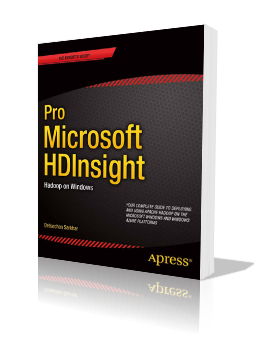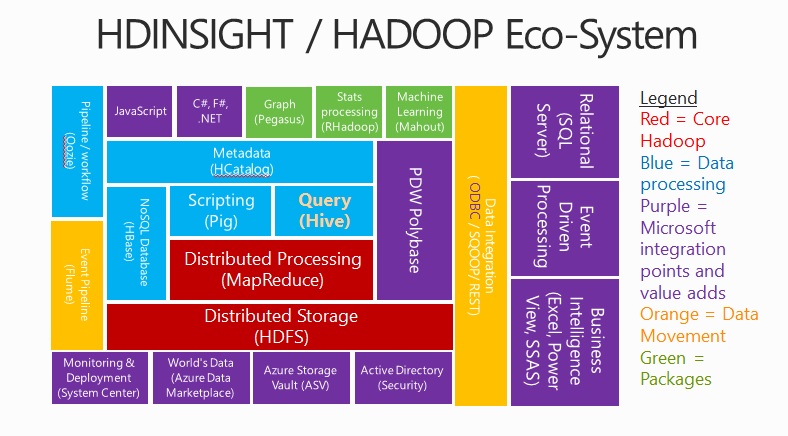Are some new SQL Server features a response to the NoSQL movement?
 Are some new SQL Server features a response to the NoSQL movement?
Are some new SQL Server features a response to the NoSQL movement?
Indubitably!
The last few releases of SQL Server, in my mind, were focused heavily on business intelligence. And I believe the best SQL Server jobs in the last few years are focused on BI and data warehousing. OLTP does not seem to be where the new features and money are these days. Here is a quick list of relatively new SQL Server features targeted to "bigger data":
- [[Partitioning]]. Yes, you can use it for OLTP, but specific features like [[Partitioned Tables|SWITCH]] are meant specifically for data warehouses.
- [[Sparse Columns]]. Great for denormalized data structures.
- [[Compression]]. Again, great for OLTP, but seems to be more tailored for OLAP applications.
- Parallel Data Warehouse
- And there are just way too many obvious BI and SSIS enhancements that I don't even want to list them. PowerPivot for instance.
But there is a shift. I see many more new features centered around "BigData" and as a response to the NoSQL movement (if it is a movement, is it of type religious...or bowel?). Here are some examples:
 StreamInsight: allows you to analyze streams of incoming data in real-time.
StreamInsight: allows you to analyze streams of incoming data in real-time. - HDInsight: The HD is for Hadoop, and is available only on Azure.
- [[Denali New Features - columnstore indexes|Columnstore indexes]]: This is where you data tuples are organized by column vs by row. This aids in aggregations of bigger data sets that tend to be read-mostly. First MS gave us this feature, how long will it be befoe these are updated (it looks like this may be SQL Server 2014)? Or like SAP HANA...will magically migrated from row to column oriented, and back, as the engine optimizes your data for you.
- [[Hekaton]]. In-Memory tables. Microsoft removed the DBCC PINTABLE feature a few releases ago, but it was a good idea at the time, and it still is.
- QL Server 2014 will introduce "delayed transaction durability" to support "extreme write workloads." http://msdn.microsoft.com/en-us/library/dn449490(v=sql.120).aspxThe latest CTP for SQL Server 2014 has a "delayed transaction durability feature". According to the article this is meant to assist with "extreme write workloads". It looks like this is only for Hekaton, for now. This feature is clearly meant to help SQL Server compete with NoSQL products with "eventual consistency" features.
- It looks like SQL Server 2014 will support the in-memory buffer pool being extended to SSDs. This is a great alternative to a RAMdrive. I hope this feature makes it to RTM.
- Hybrid cloud features. One of the touted benefits of NoSQL is your ability to deploy it in-house and then migrate it into the cloud. This is definitely something Microsoft has latched on to.

Dave Wentzel CONTENT
sql server data architecture nosql
